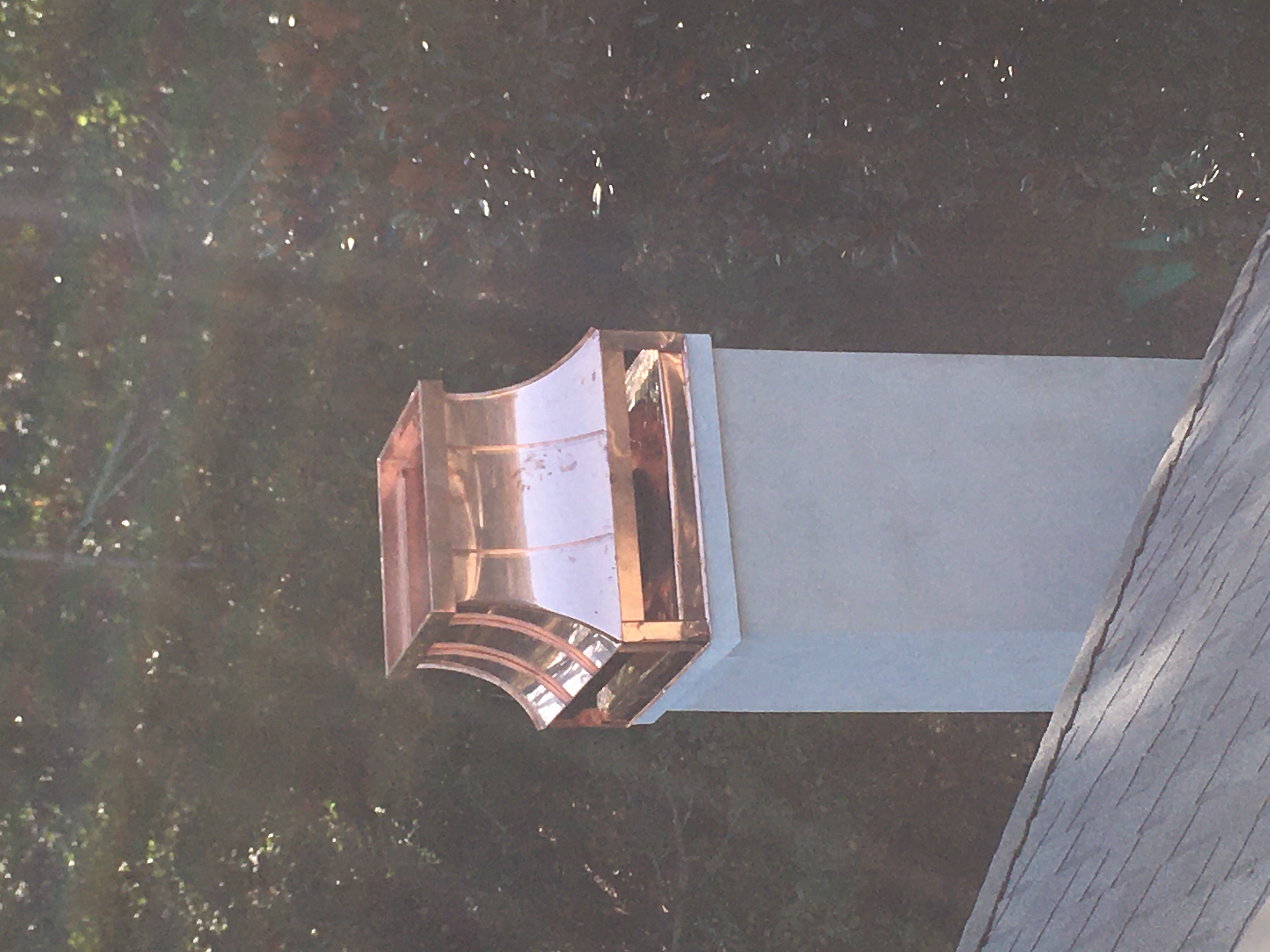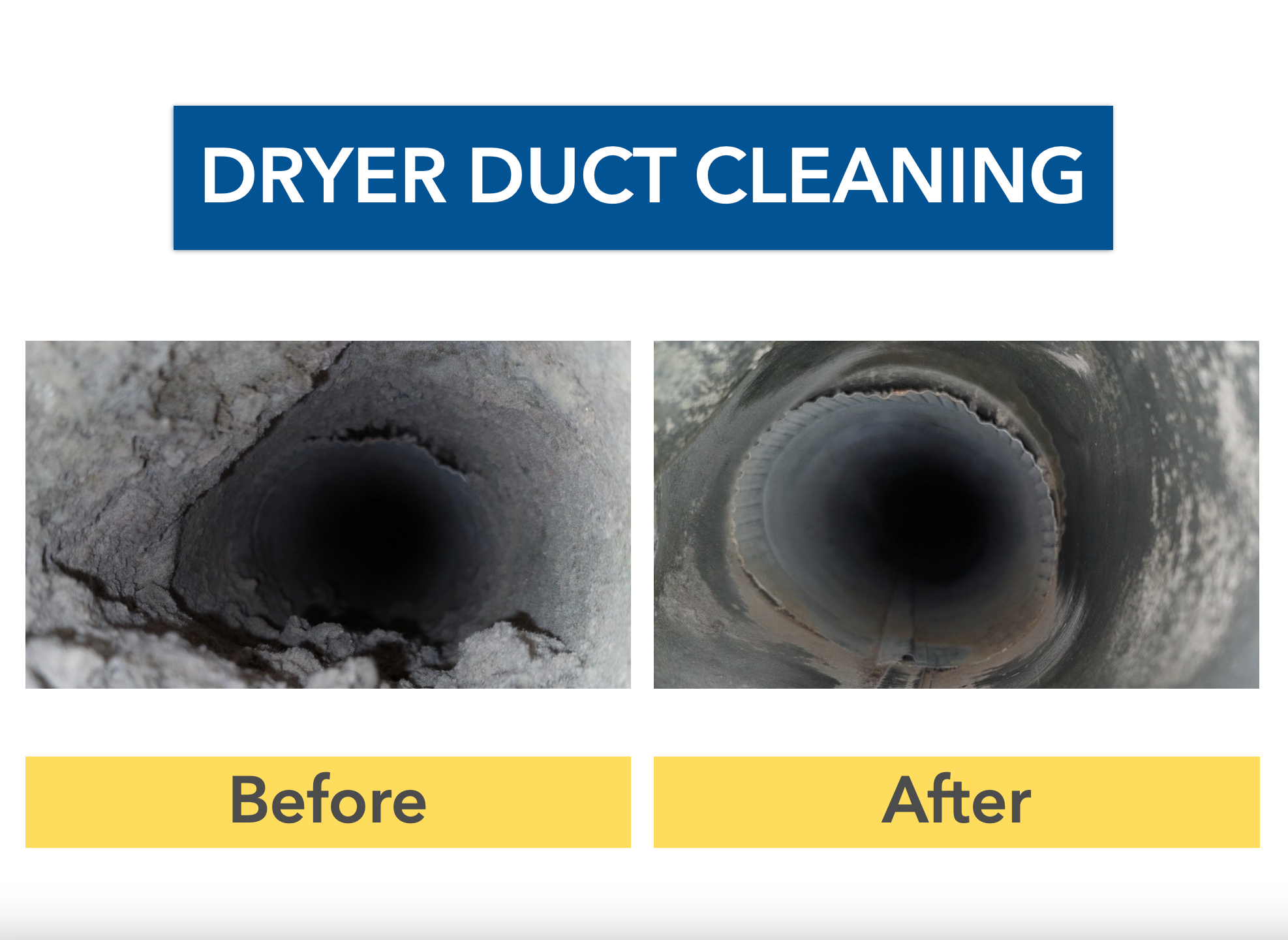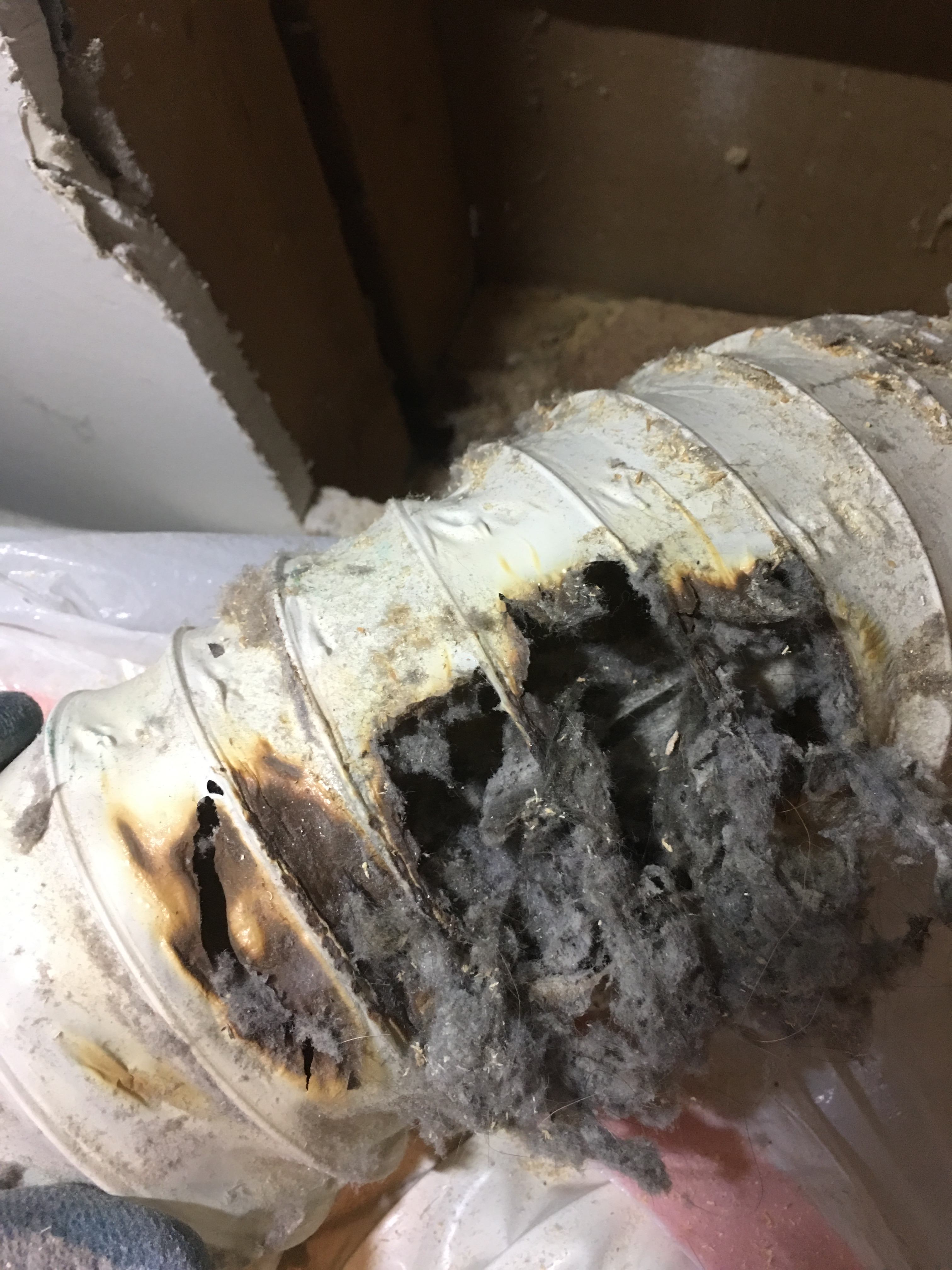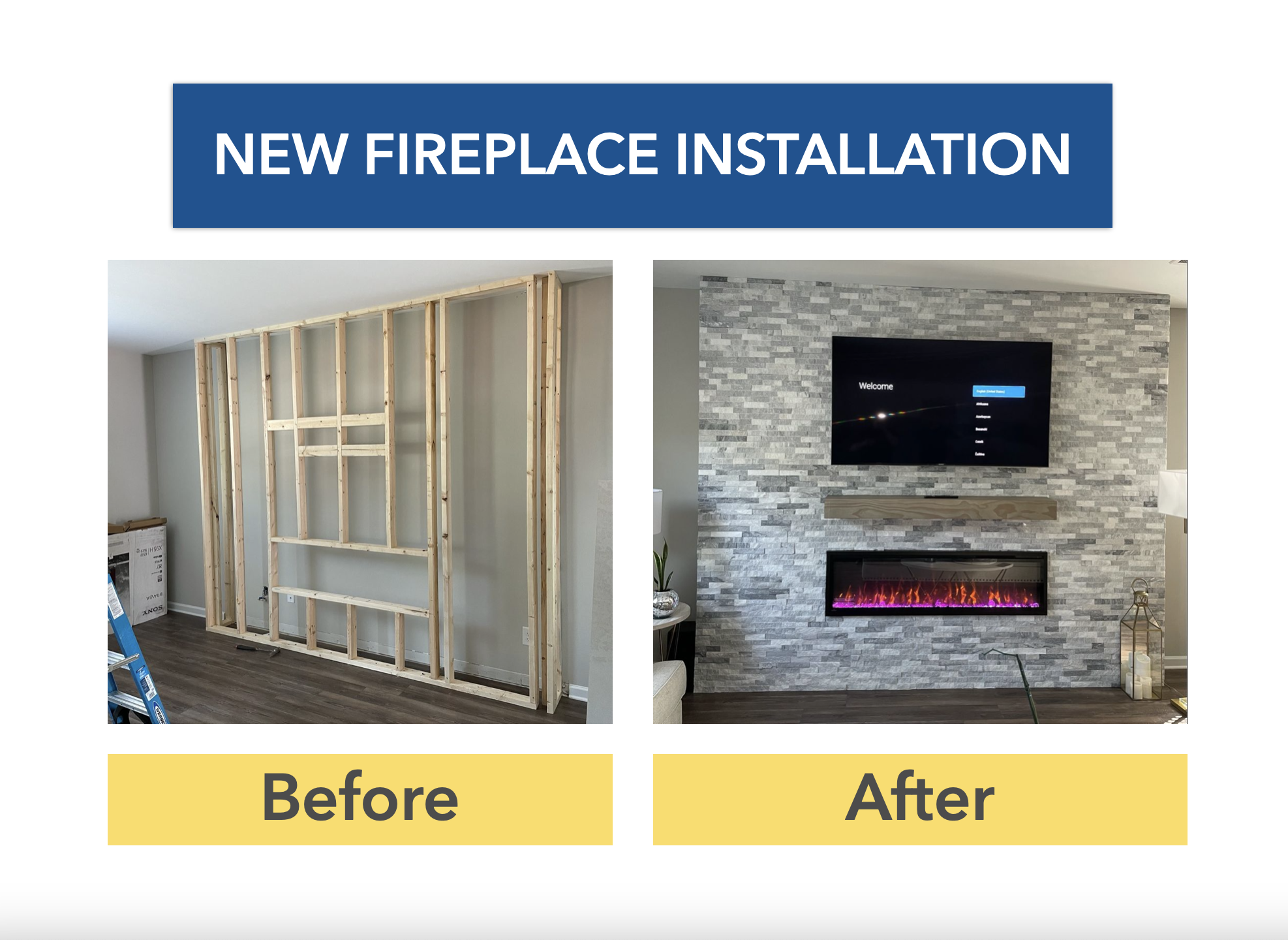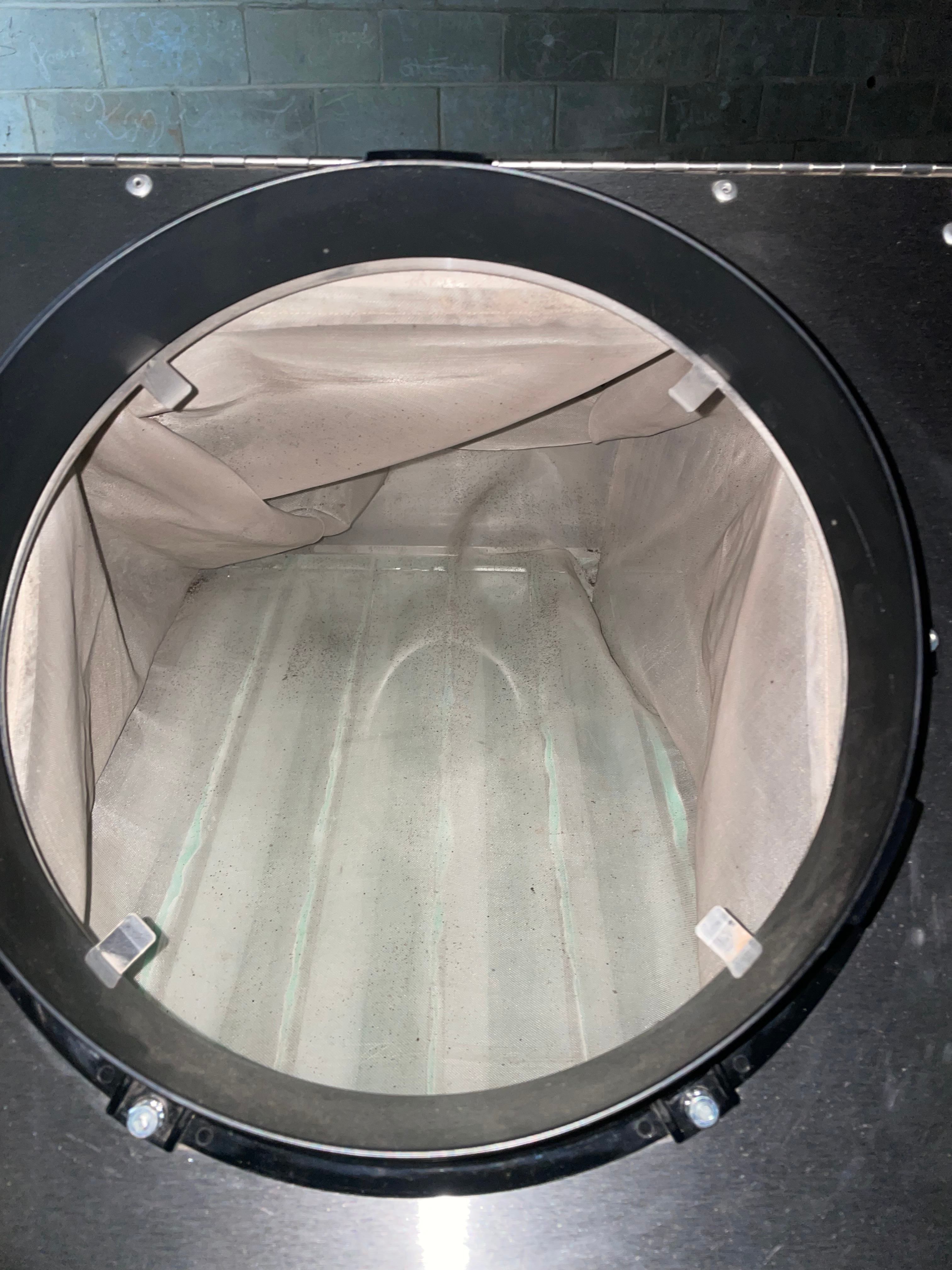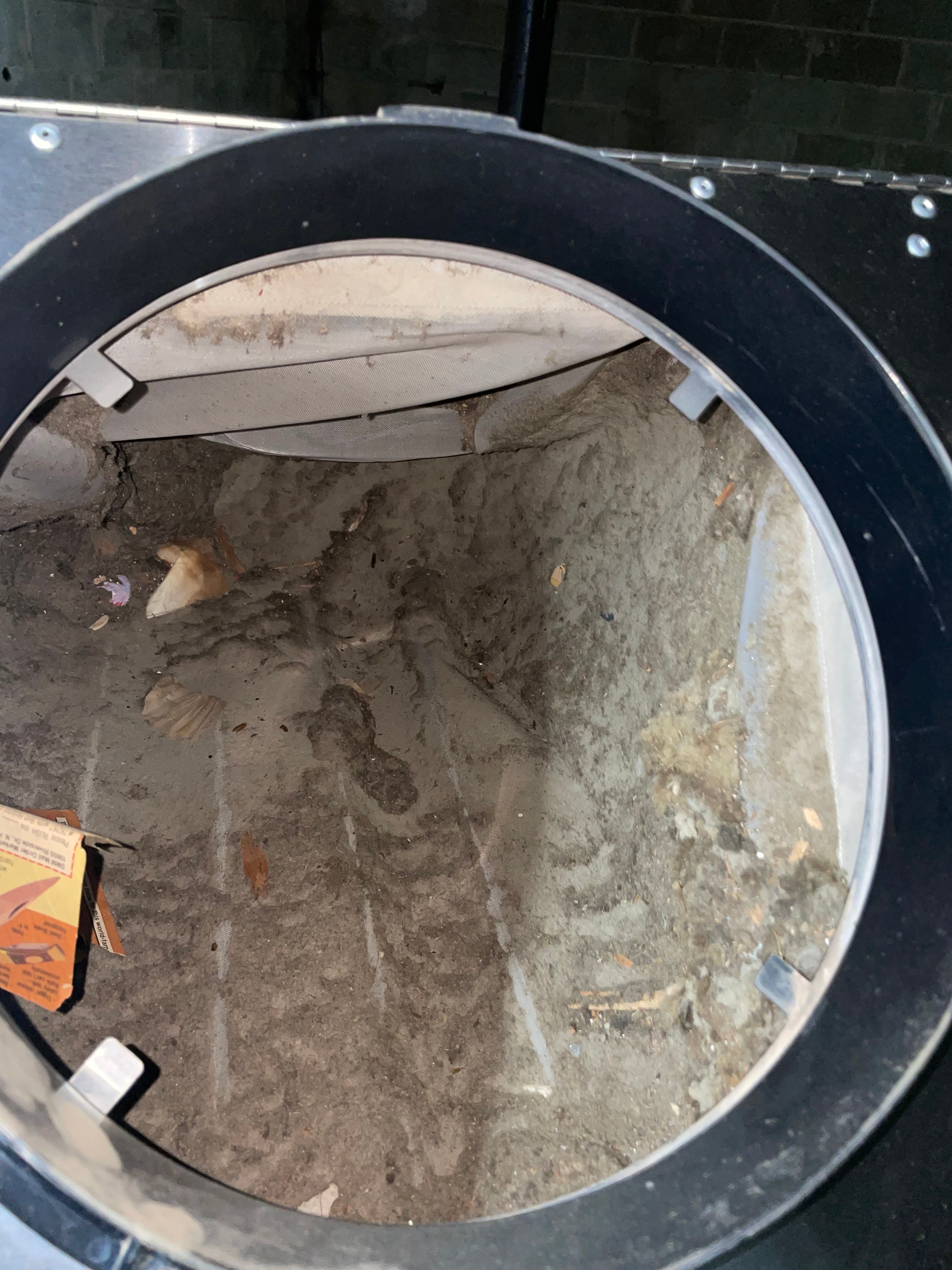20+ Years of experience!
Call: 1 (706) 983-3605
Certified & Professional Chimney Technicians in Atlanta, GA
Fully Licensed and Insured
GA License: CR20195962
Services
Fireplace
- -Cleanings
- -Repairs
- -Gas Logs
- -Video Inspection
- -Replacements
- -New Installation
- -Refacing
- -Mantle Replacement
- -Gas Fireplace Servicing
Chimney
- -Custom Caps
- -Water Proofing
- -Reconstruction
- -Siding Repair
- -Corner Board Repair
- -Crown Repair
- -Flashing Repair
Duct Cleanings
- -Dryer Vents
- -Air Duct
- -Repairs
- -Mold Remediation
- -Home Purification Systems
- -UV Light Installation
- -Plenum Replacement
- -Air Duct Replacement
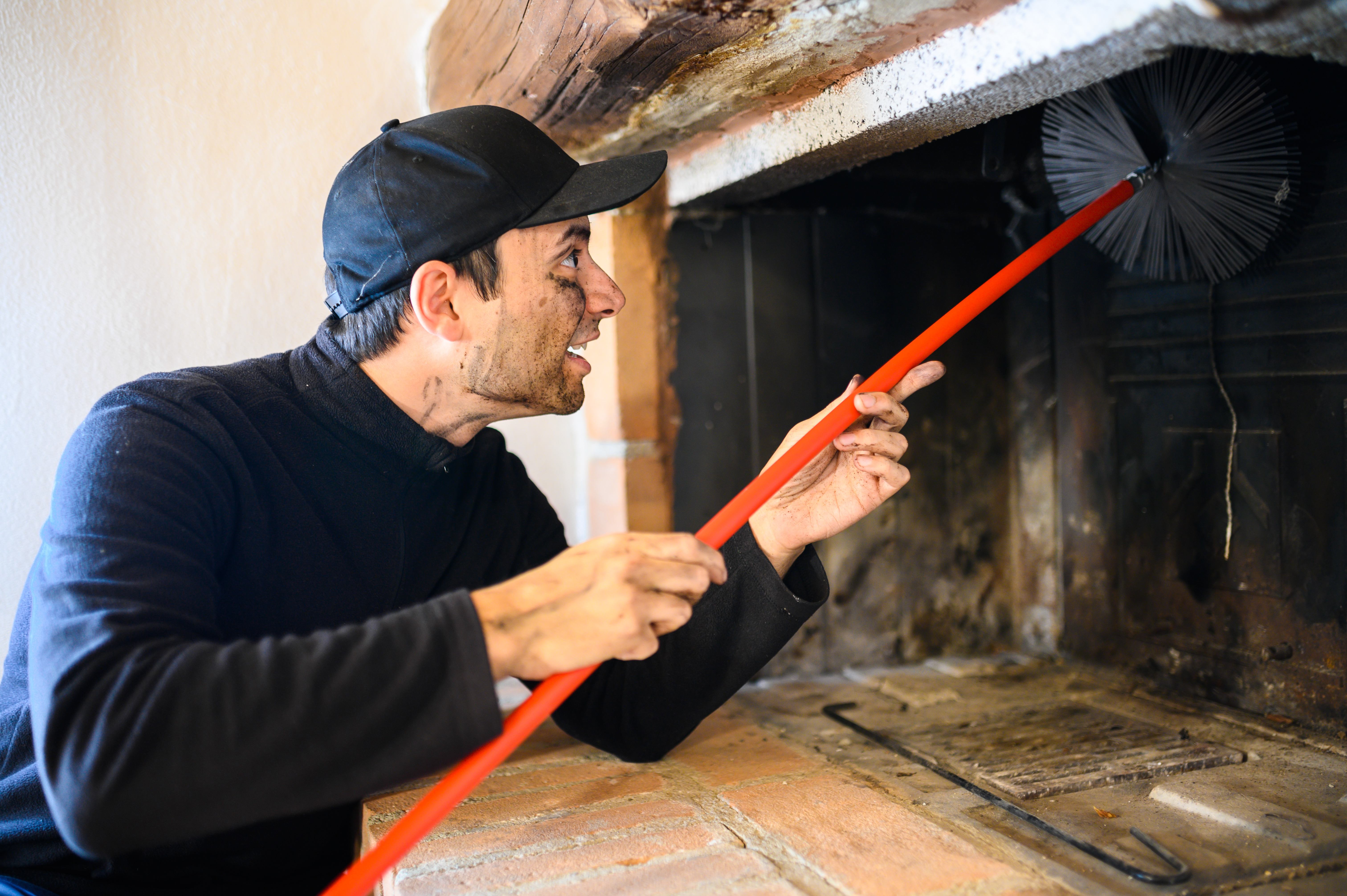
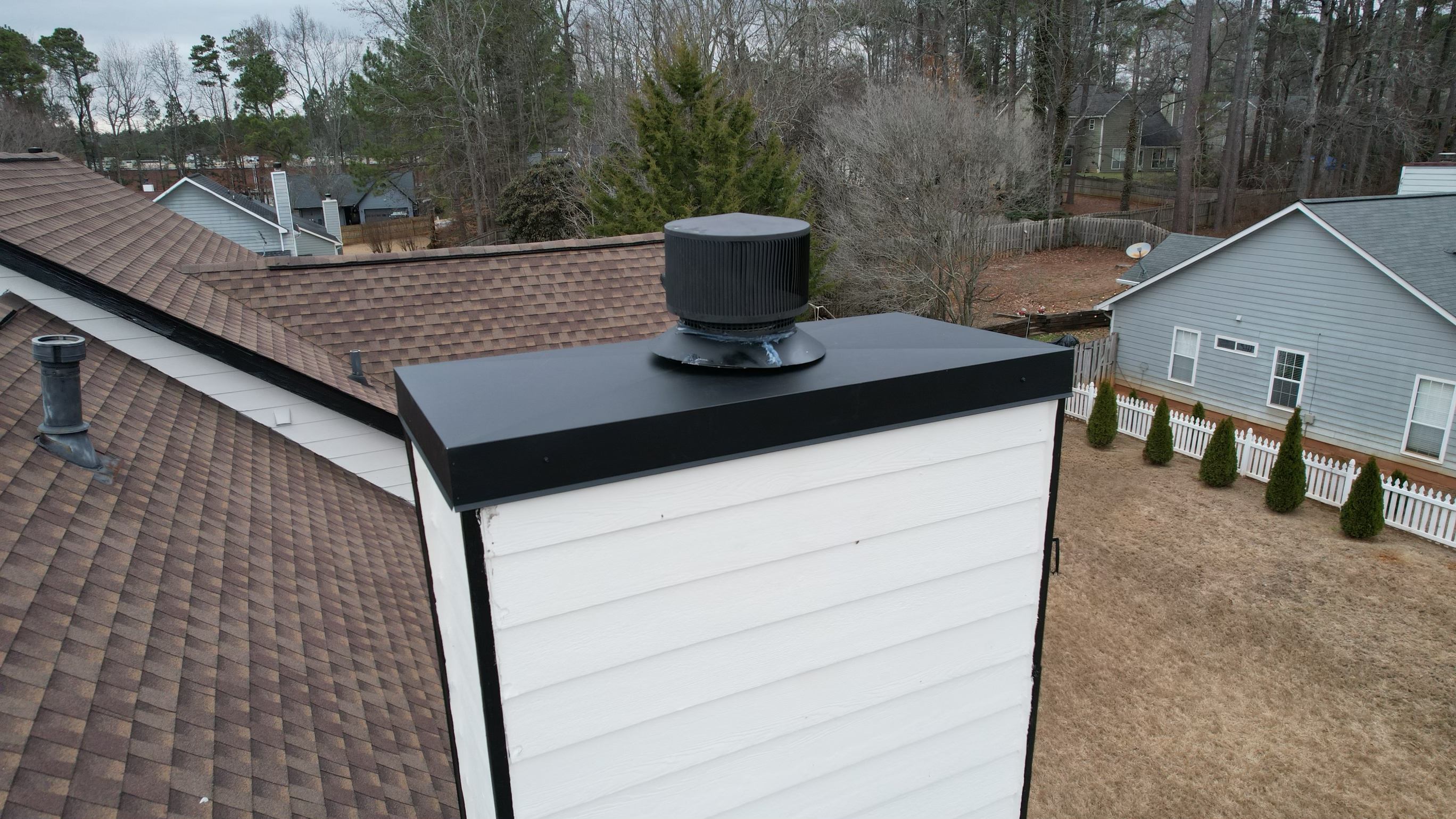
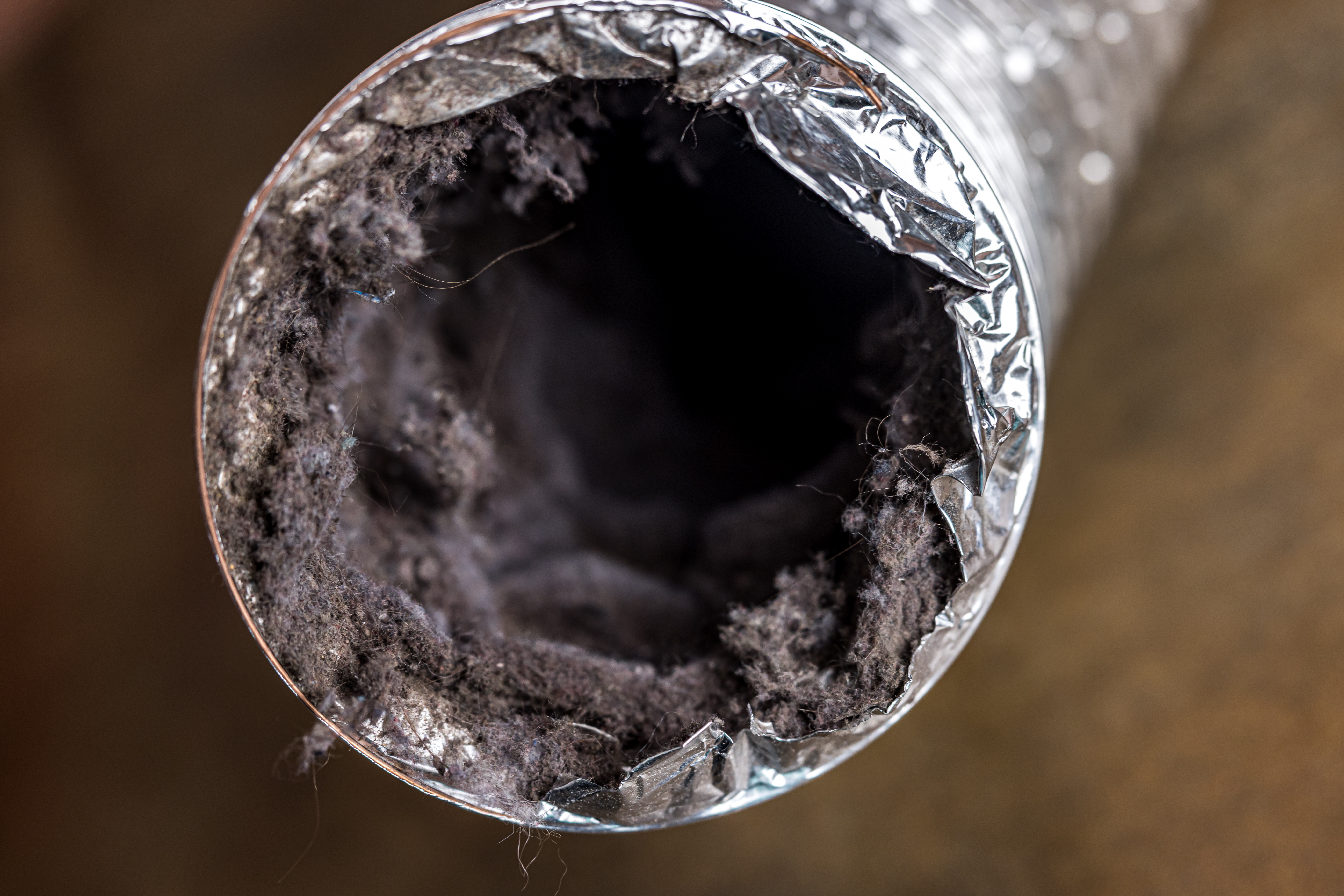
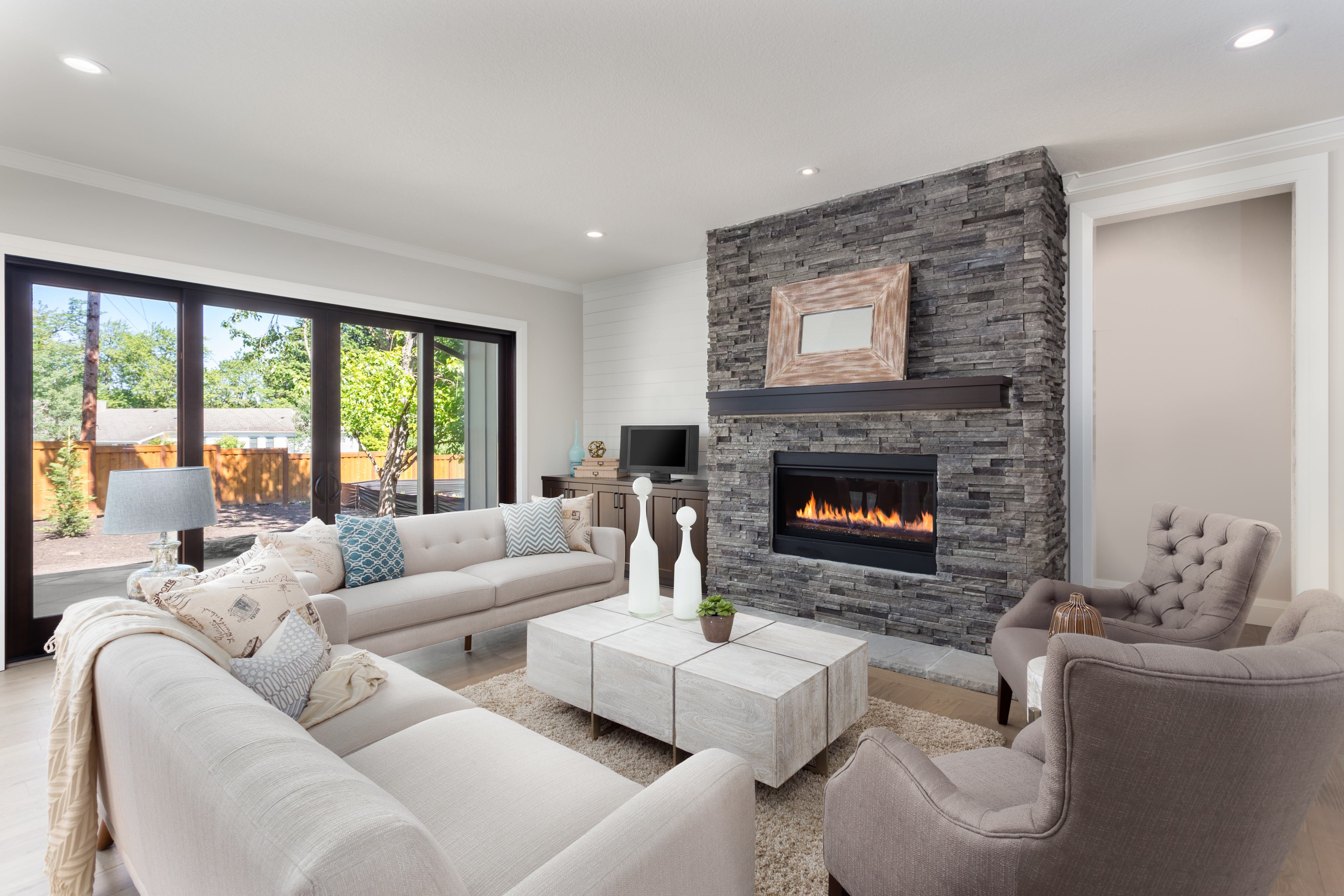
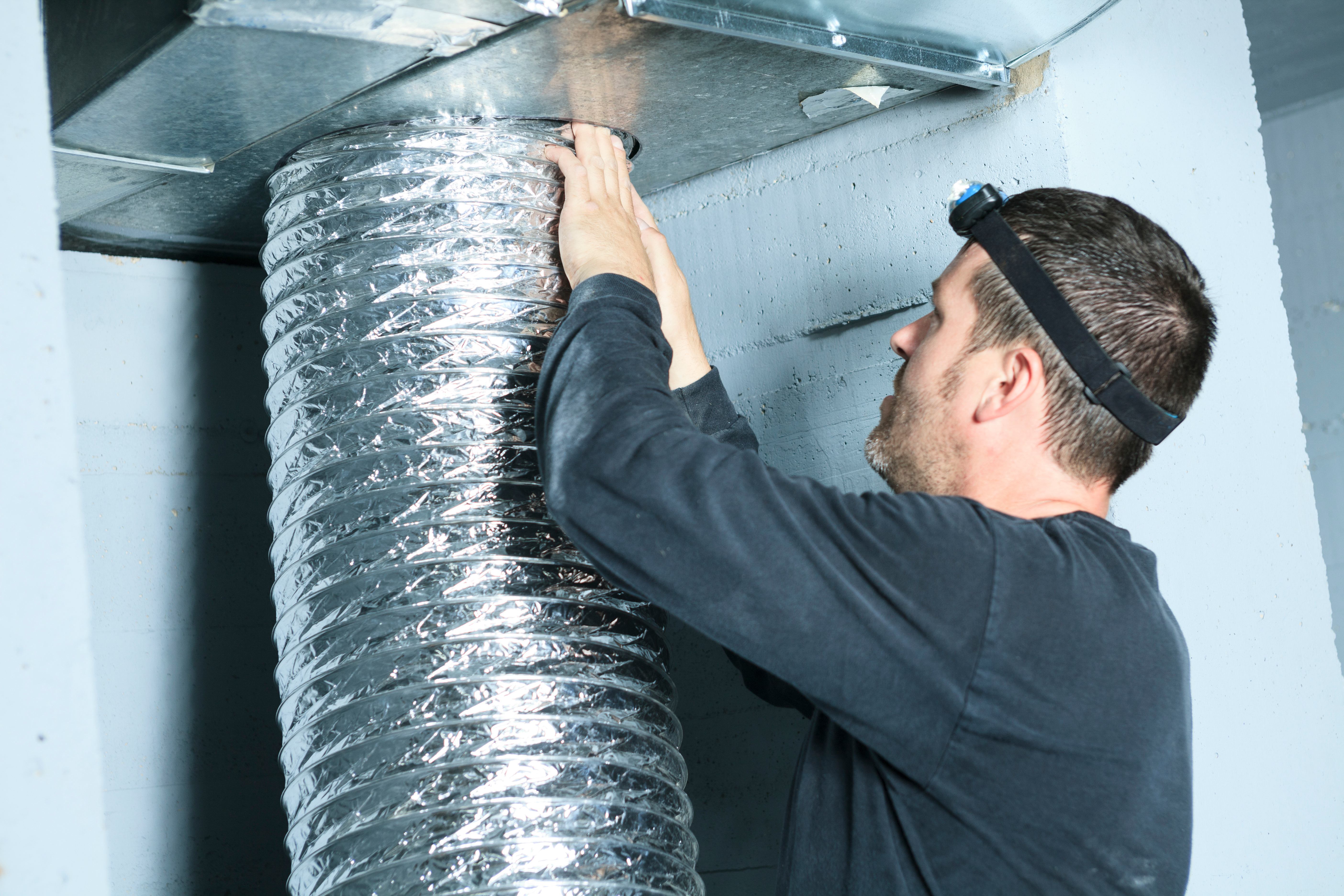
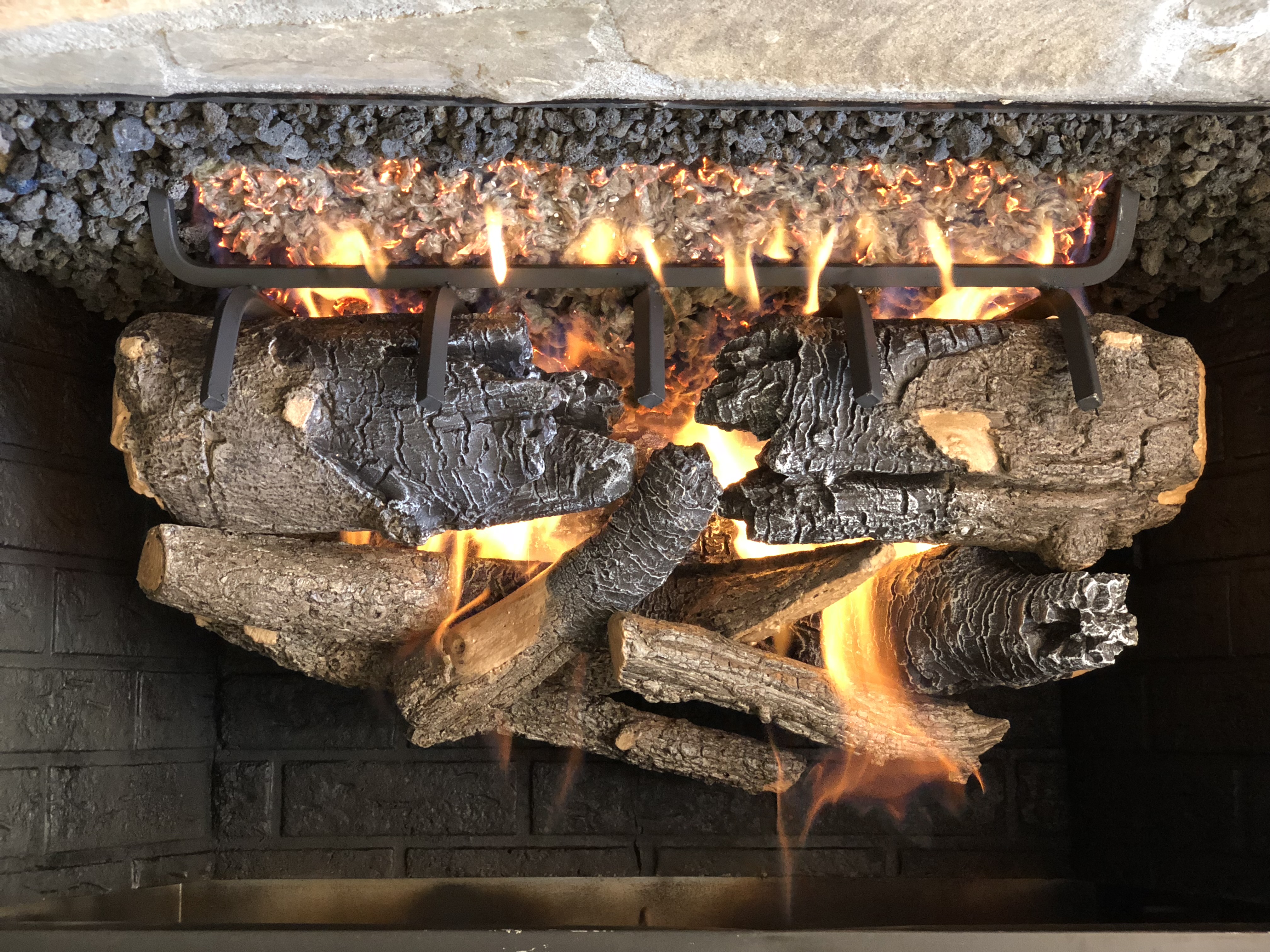


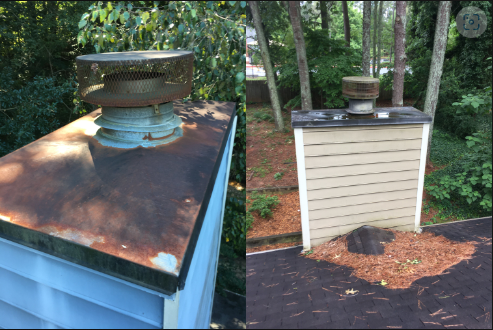
.jpg)
.jpg)
